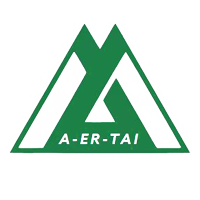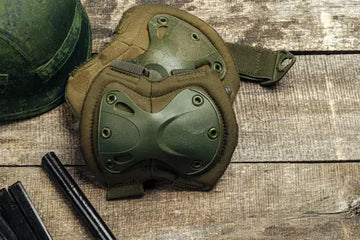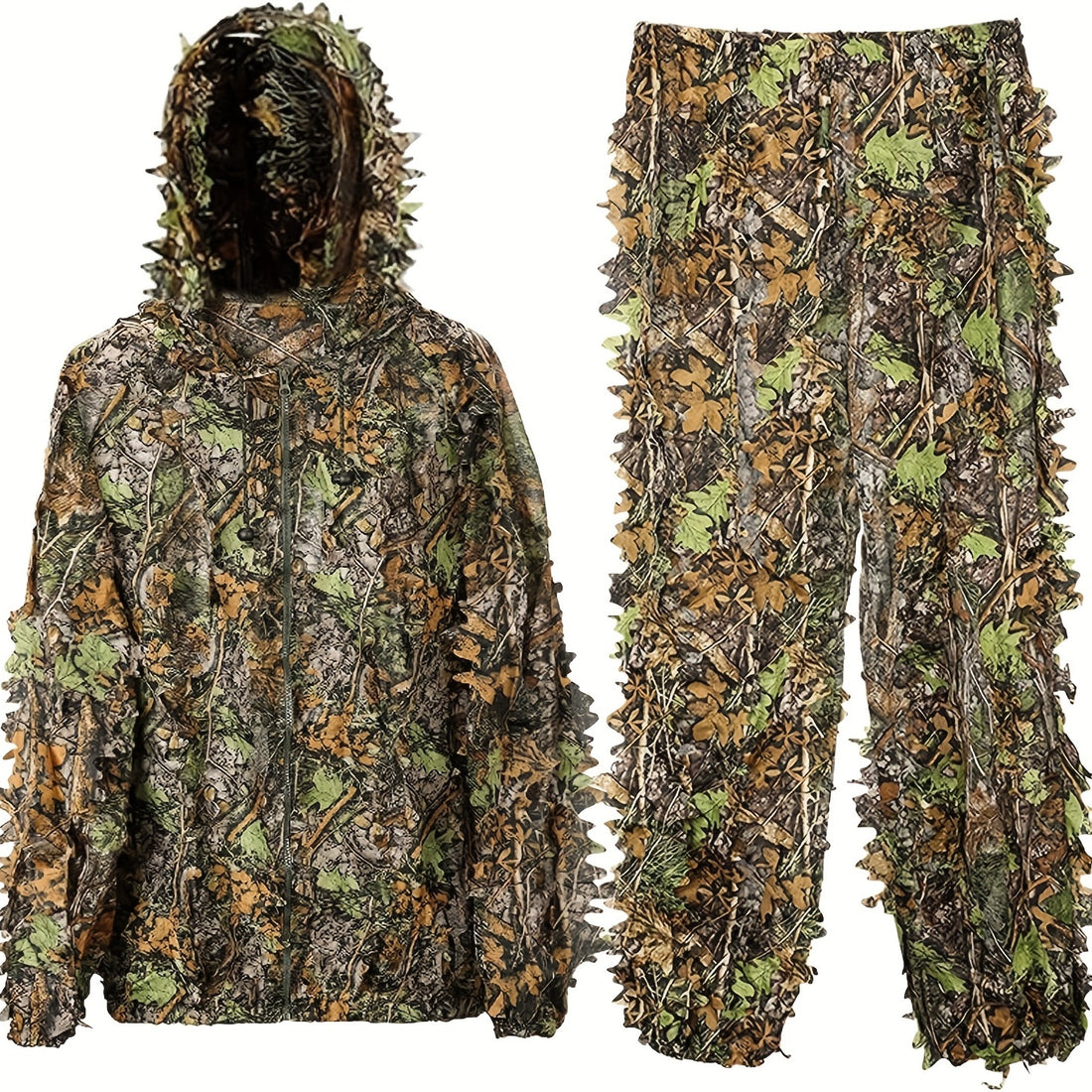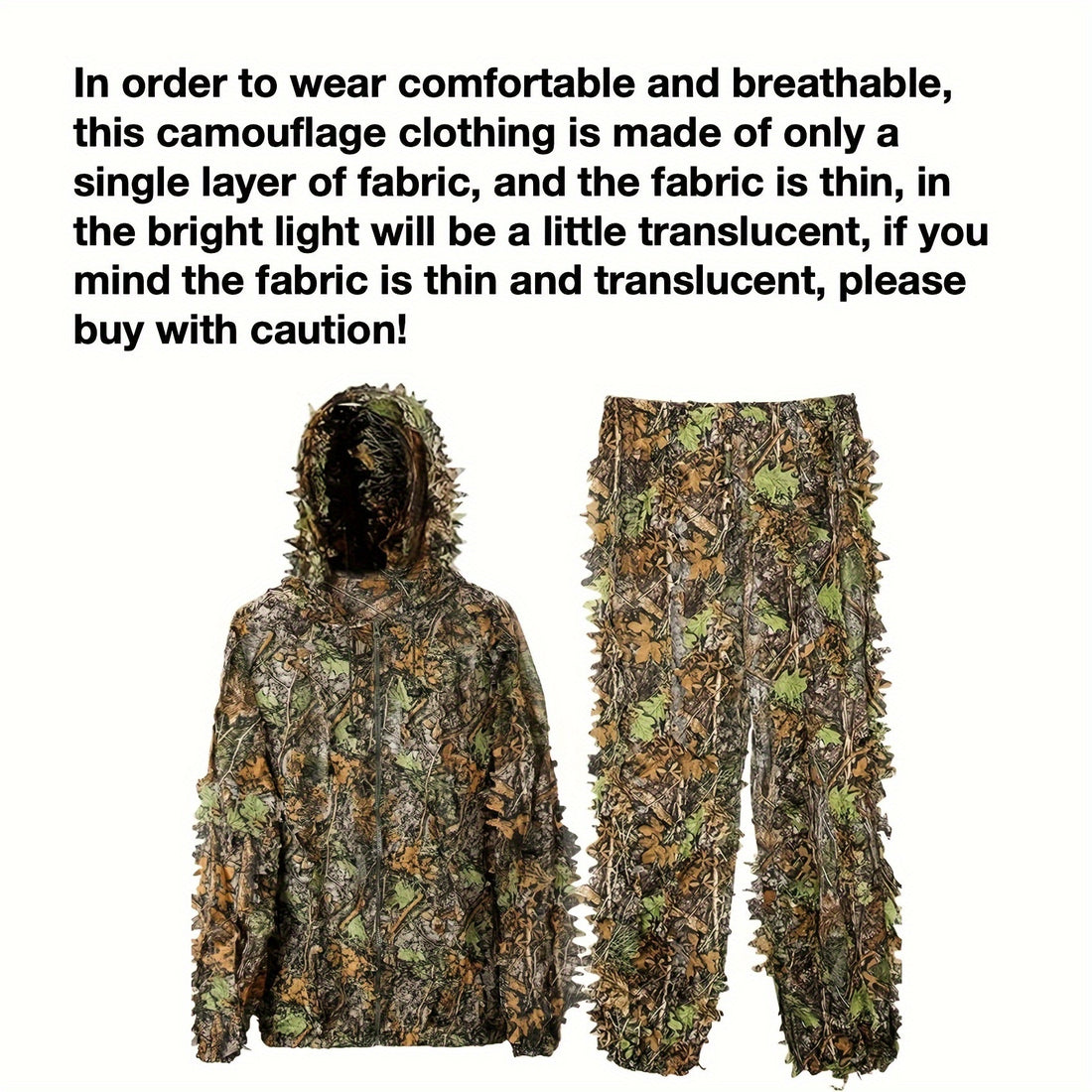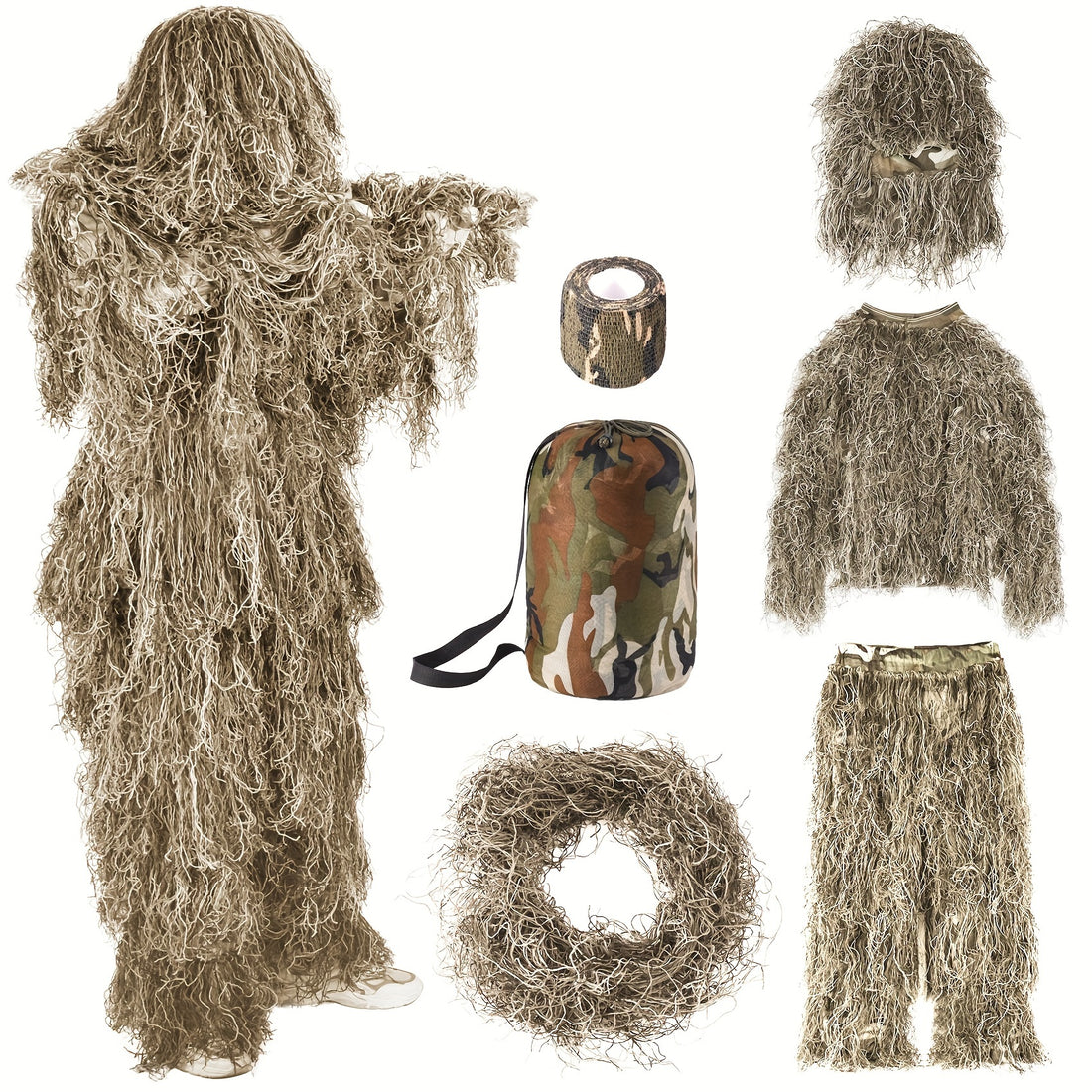For professionals in tactical, military, and law enforcement fields, gear color is a functional decision, not just an aesthetic one. Two often referenced colors are Tan 499 and Coyote Brown. While they can appear similar under certain lighting or on different materials, they are distinct shades with different backgrounds and applications.
This article provides a clear, factual comparison to help you make an informed choice.
What Is Tan 499?
Tan 499 is a standardized color shade developed for U.S. military equipment. It is officially known as "Tan 499A" within military material specifications. Its appearance is a light, sandy tan with subtle gray or greenish-gray undertones.
This color was specifically developed to be compatible with the MultiCam camouflage pattern, which was adopted to address the shortcomings of the earlier Universal Camouflage Pattern (UCP). Its primary design purpose is to provide effective concealment in arid, desert, and rocky environments. You will typically find it on issue gear, plate carriers, and packs intended for use with the Operational Camouflage Pattern (OCP)/MultiCam uniform system.
Note on Color Representation: Accurately depicting Tan 499 digitally or in photos is challenging, as its appearance can shift based on material (e.g., nylon vs. cotton), dye lot, and lighting conditions. This is why it is often confused with other tan shades. For precise reference, official military specifications or Pantone guides (such as Pantone 19-1119 TPX, which is a close commercial match) should be consulted.

(Example of a T-shirt in a shade resembling Tan 499—note its light, grayish-tan tone, though the exact color may vary by material and lighting.)
What Is Coyote Brown?
Coyote Brown (often referred to as "Coyote Tan" in some contexts) is a darker, more neutral earth tone brown. It contains hints of olive and gray, making it a versatile, all-purpose color. It was famously adopted by the U.S. Marine Corps as a primary gear color for their MARPAT camouflage system in the early 2000s and has since become ubiquitous across many military, law enforcement, and commercial tactical product lines.
Its darker hue allows it to perform adequately in a wider range of environments beyond pure desert, including woodland, urban, and transitional terrains.

tactical sling bag in coyote brown
Key Differences: Tan 499 vs. Coyote Brown
| Aspect | Tan 499 | Coyote Brown |
| Color & Tone | Lighter, sandy tan with noticeable gray/greenish undertones. | Darker, more neutral brown with olive/gray undertones. |
| Primary Use Case | Optimized for arid/desert environments and pairing with OCP/MultiCam patterns. | Designed as a versatile gear color for multi-environment use, notably with MARPAT. |
| Development Context | Developed post-2000s for the U.S. Army's camouflage modernization. | Gained prominence with the U.S. Marine Corps' MARPAT system in the early 2000s. |
| Visibility of Wear | Lighter color may show dirt, dust, and wear more readily. | Darker hue tends to better conceal stains and general field wear. |
| Commonality | Predominantly found on U.S. Army-issue and compatible commercial gear. | Extremely widespread; used by multiple military branches, LE, and is a commercial standard. |
Are They the Same?
No, Tan 499 and Coyote Brown are not the same color. While they belong to the same family of earth tones and can look close—especially in photographs or when faded—they are different specifications. Tan 499 is generally lighter and grayer than the more neutral and darker Coyote Brown. Referring to them interchangeably, especially for procurement or uniform compliance, can lead to mismatched gear.
Related Color Comparisons
- Coyote Tan vs. Coyote Brown: These terms are often used synonymously in the commercial market, though "Coyote Brown" is the more precise and standard term.
- Desert Tan vs. Coyote Brown: "Desert Tan" is typically a warmer, lighter, and more yellow-toned tan than Coyote Brown.
- Tan 498: This is another U.S. military specification color, a darker brown often used for webbing and certain equipment components. It is not a focus of this article but is part of the same color family system.
Which Color Should You Choose?
Your choice should be guided by your primary need:
- Choose Tan 499 if you require gear that matches current U.S. Army OCP/MultiCam uniforms for service, training, or authenticity. It is the correct choice for optimal visual integration in open, arid landscapes.
- Choose Coyote Brown if you need a single, versatile color for gear that will be used across various environments (woodland, desert, urban). Its broad compatibility with different camouflage patterns (like MARPAT, M81, or even solid Olive Drab) and its ability to hide wear make it an extremely practical and popular choice.
Conclusion
Both Tan 499 and Coyote Brown are proven, functional colors developed in response to modern tactical needs. Understanding their distinct histories and visual characteristics—Tan 499 as a lighter, desert-optimized shade for OCP, and Coyote Brown as a darker, multi-role workhorse—allows professionals to select the most appropriate gear for their mission profile.
About Our Company
For over 15 years, we have been a trusted manufacturer and supplier in the tactical and outdoor gear industry. We specialize in the customization and production of a wide range of mission-critical equipment, including packs, vests, pouches, cases, and apparel.
We offer professional services, ensuring precise color matching (including Tan 499 and Coyote Brown), strict quality control, and scalable production to meet the demands of distributors, brands, and organizational procurement.
